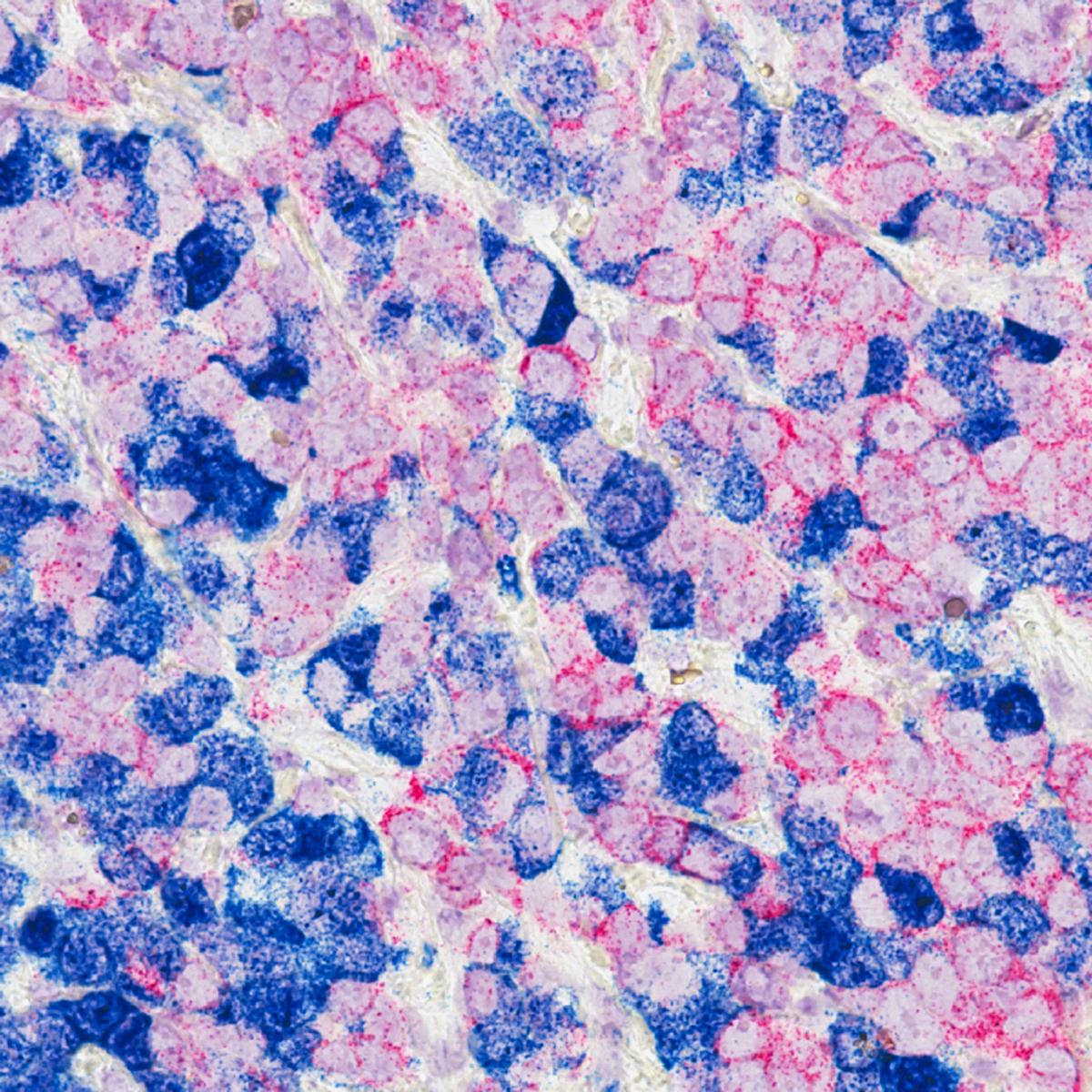Why this matters:
- These new chemicals provide targeted therapy to cancer cells while sparing healthy cells.
- This therapy provides new opportunities for delivering drugs to other types of cancers.
- Typically, patients using photodynamic therapy must limit their sun exposure during and after treatment. These new chemicals flush out of the body faster.
A wife and husband professor team at Michigan State University are collaborating with researchers at the University of California, Riverside to create a new light-activated “smart” bomb to treat aggressive breast cancer.

Sophia Lunt, an MSU professor in biochemistry and molecular biology in the College of Natural Science, and Richard Lunt, an MSU professor and Johansen-Crosby Endowed Professor in Chemical Engineering in the College of Engineering, along with Vincent Lavallo, a professor of chemistry at the University of California, Riverside, have combined their expertise to help develop new light-sensitive chemicals called cyanine-carborane salts that are used in photodynamic therapy, or PDT, to destroy metastatic breast cancer tumors in mice with minimal side effects.
“Our innovative cyanine-carborane salts offer a targeted option with reduced side effects for patients with aggressive breast cancer,” said Sophia Lunt. “We expect this research will lead to safer and more effective therapies for patients with limited treatment options.”
During PDT, light-sensitive chemicals are circulated throughout the body where they collect inside cancer cells. Near-infrared light, which is invisible to the human eye, can penetrate deeper into the body and activate these salts which act like a “smart” bomb, killing cancer cells while sparing healthy cells.
“Current FDA-approved PDT chemicals remain in other parts of the body, such as the skin, for extended periods of time,” said Hyllana Medeiros, a postdoctoral researcher at MSU who helped perform the mouse studies. “After traditional PDT treatment, the patient has to stay in the dark for two-three months because even low levels of light will cause their skin to become blistered and burned.”
These new cyanine-carborane salts offer an advantage over the chemicals traditionally used in PDT because they are absorbed by cancer cells and provide more effective treatment.
“Our work offers an effective treatment for aggressive breast cancers,” said Amir Roshanzadeh, a graduate student at MSU and first author on the paper. “It also opens the door to breakthroughs for treating additional cancers and targeted drug delivery.”
Next, the researchers want to test the effectiveness of these salts in treating other types of cancers.
“Truly novel discoveries that enable solutions to problems as complex as cancer require multidisciplinary teams like ours,” said Richard Lunt. “This research is a perfect demonstration of what can be achieved when you combine several different researchers with vastly different backgrounds spanning cancer biology, chemistry and materials science engineering; good things happen.”
The research was published in a new article in Angewandte Chemie, a journal of the German Chemical Society.
Original article by Emilie Lorditch appeared on MSUToday
MSU College of Engineering Media and Public Relations page





